Key Components
BPC-157: A peptide derived from stomach proteins, believed to aid the healing of muscles, tendons, ligaments, cartilage, and the gut. Available in injectable and capsule forms, preclinical studies show promising results in tissue repair.
TB-500: A synthetic version of thymosin beta 4, supporting cell migration, angiogenesis, and tissue repair. It’s used alongside BPC-157 for systemic healing, covering multiple damaged structures.
Potential Benefits
Accelerated Healing: May improve recovery from ligament, tendon, muscle, and soft tissue injuries.
Reduced Inflammation: Potentially modulates inflammatory responses to decrease pain and swelling.
Tissue Regeneration: Supports collagen synthesis, fibroblast migration, and new blood vessel growth.
Recovery Support: Aids in faster return to function post-injury or surgery.
Alternative to Surgery: Sometimes promoted as a less invasive option, though evidence is mostly anecdotal.
Usage Guidelines
Administration: Typically injected (subcutaneous or intramuscular near injury for BPC-157; systemic for TB-500). Oral BPC-157 exists but with uncertain effectiveness.
Dosage: Anecdotal human doses range from 250-500 mcg/day (BPC-157) and a few mg/week (TB-500).
Timing: Used promptly after injury or for chronic issues, often combined with physical therapy and rest.
Cycling the Stack
Cycle Duration: Commonly 4-8 weeks, followed by a pause to assess effectiveness and monitor side effects.
Alternating Protocols: TB-500 weekly, BPC-157 daily near injury, then tapering.
Complementary Approaches: Often paired with nutrition, rest, and therapy for maximum benefits.
Note: This guide summarizes anecdotal and preclinical insights. Human trial data is limited, and usage remains experimental.
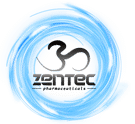
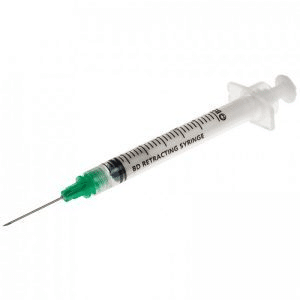

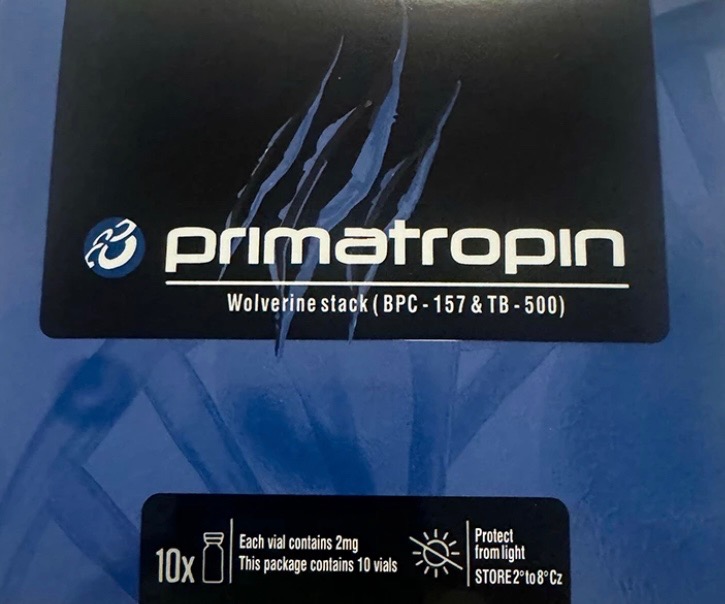
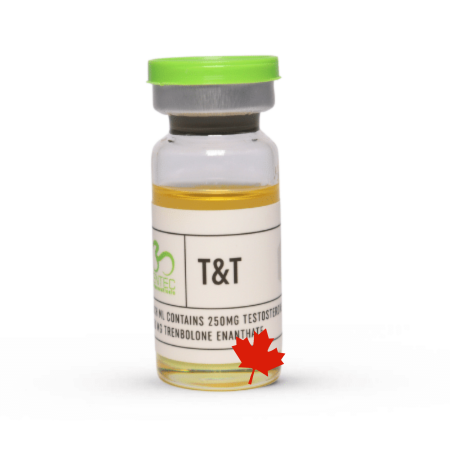
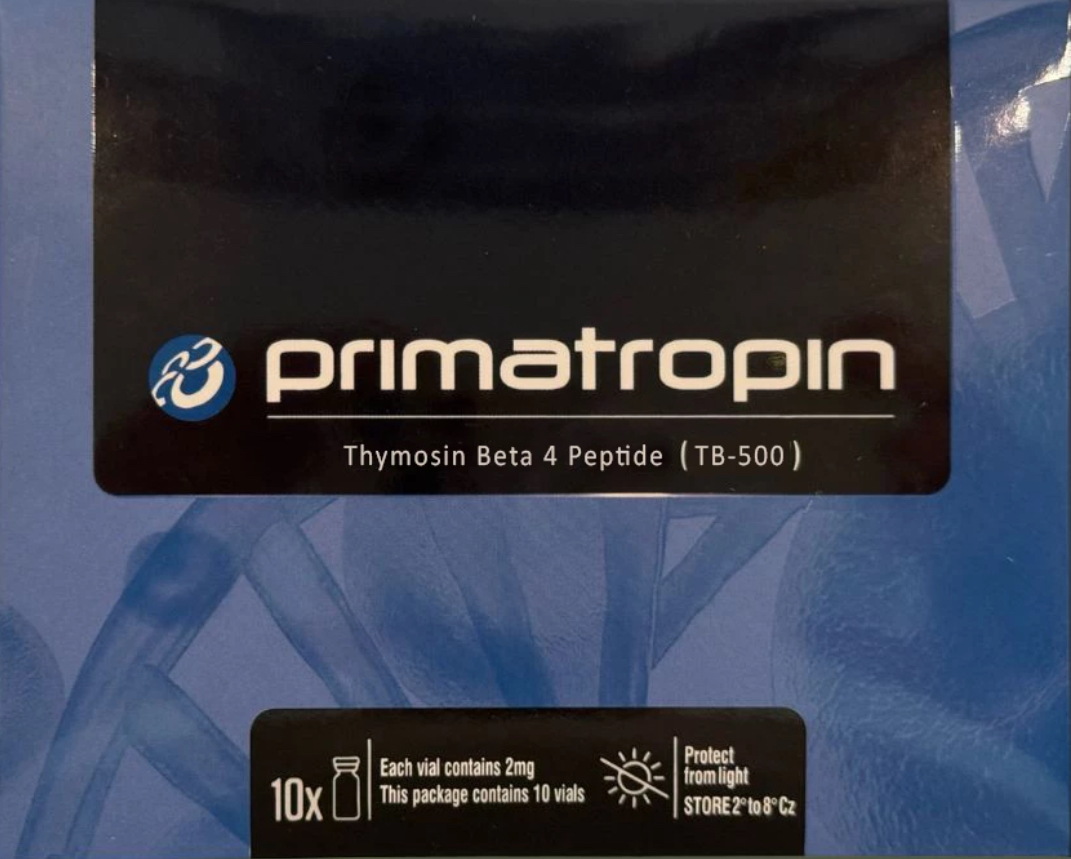
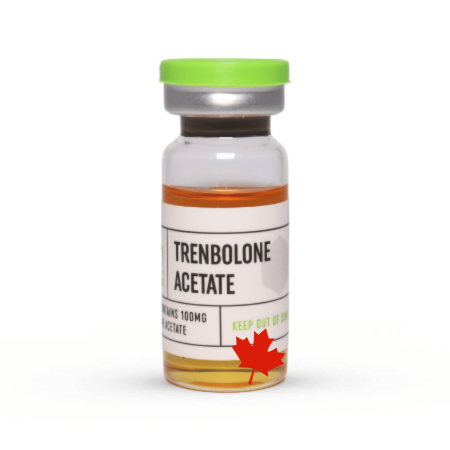
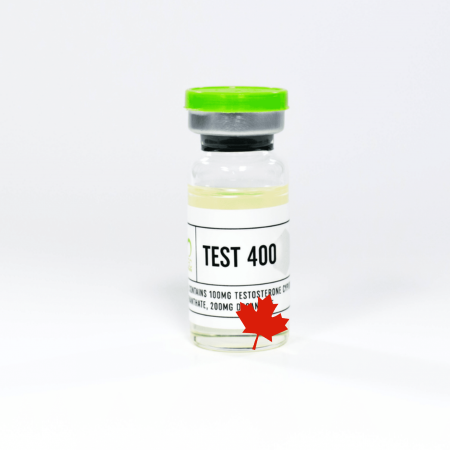
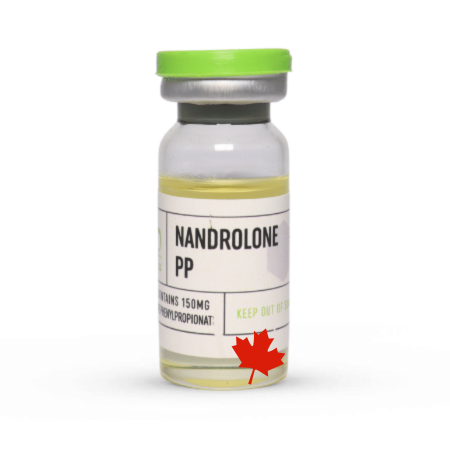

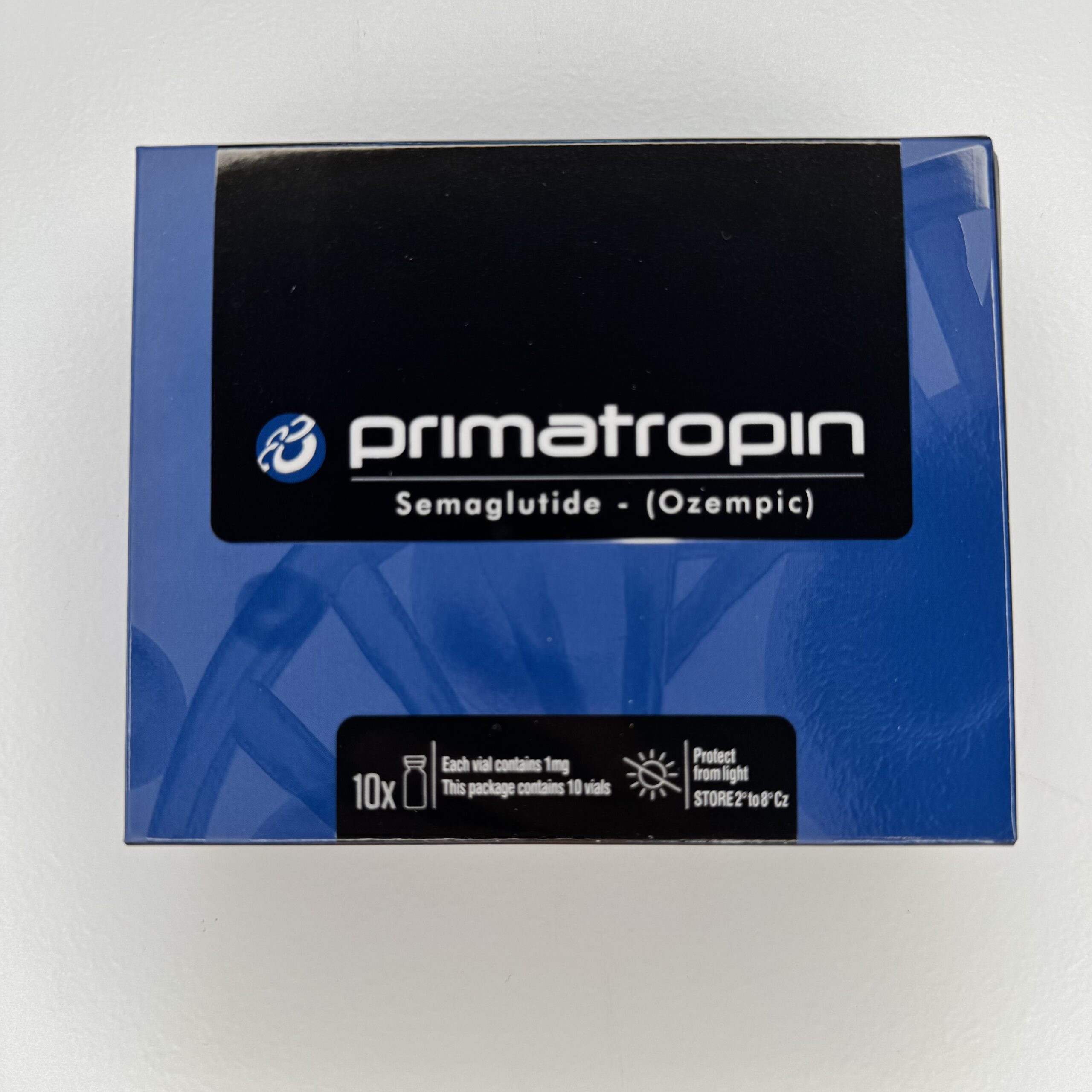

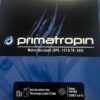
Reviews
There are no reviews yet.